Symplr software has been a staple in healthcare workforce management for decades, providing a suite of tools to streamline credentialing, staffing, scheduling, and compliance. But as hospitals and healthcare systems face increasing pressures, like staffing shortages and tightening regulations, many operational leaders are questioning whether Symplr still meets the moment.
Common customer feedback about the SaaS platform includes a lack of flexibility, a complex and clunky user experience, and limited customization options. As health systems continue to digitize and optimize workflows, there’s a need for more modern workforce management solutions that are intuitive, responsive, and tailored to today’s healthcare professionals.
Whether you’re currently using Symplr or just exploring options, checking out the top five Symplr competitors and their features can help you find the best solution for your team.
Top 5 Symplr competitors for 2025 and beyond
Not all Symplr alternatives are created equal. Use this list to compare features, benefits, and limitations to choose the best-fit healthcare scheduling software for your facility.
- Teambridge
- UKG
- NurseGrid
- QGenda
- Deputy
1. Teambridge
Teambridge is a contingent workforce management solution that lets you fully customize your scheduling workflow according to your unique business operations. Designed with flexibility and frontline usability in mind, the solution is perfect for healthcare teams that need agile, real-time scheduling, intuitive shift management, and compliance all in one unified tool—demands that Symplr struggles to meet.
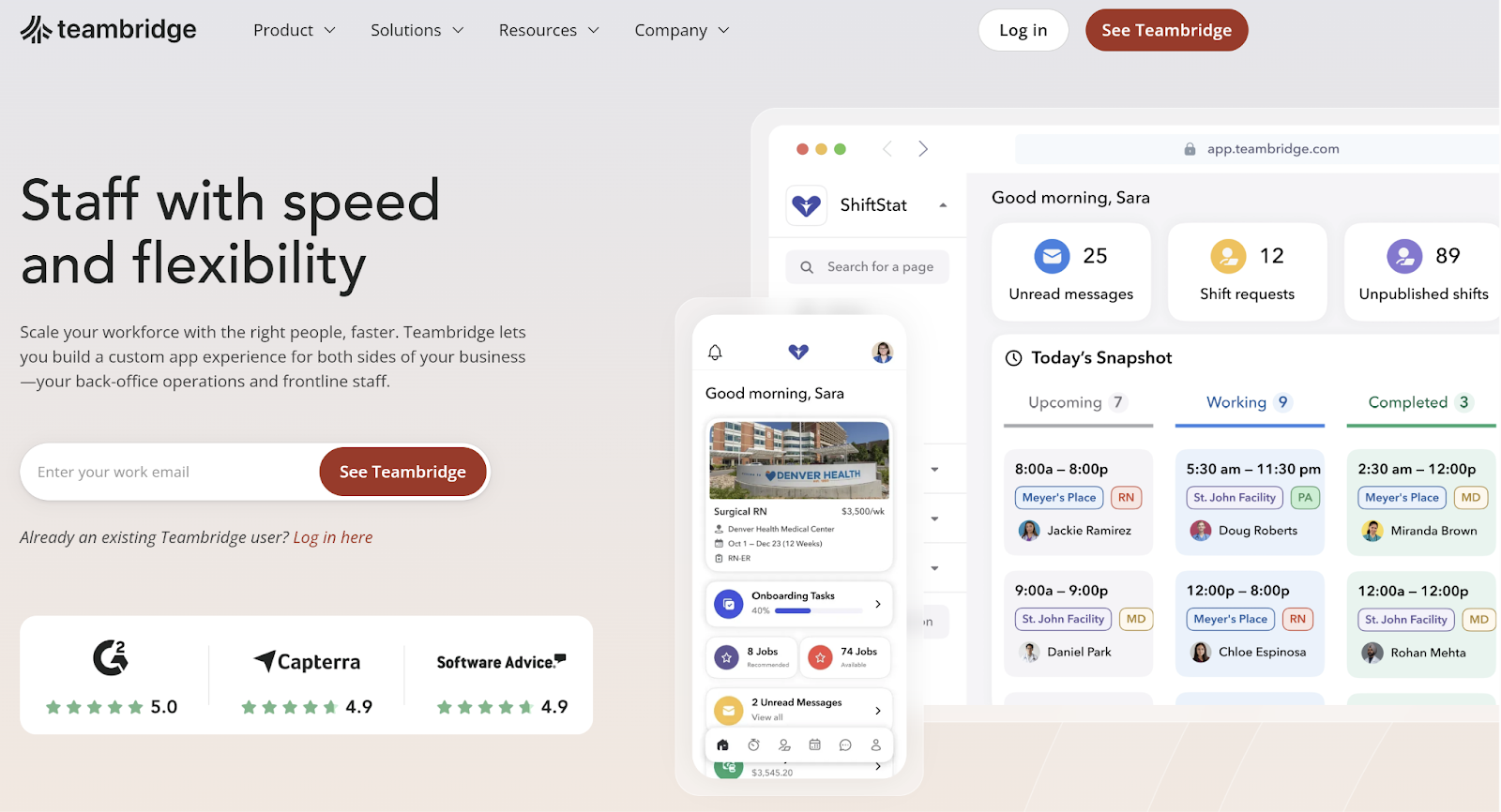
Key features:
- Integrated credential tracking: Automatically track licenses and certifications and receive alerts when expiration dates are coming up.
- Mobile-first design: Reduce administrative friction by allowing staff to view, pick up, and swap shifts from their mobile devices.
- Drag-and-drop scheduling: Fast-track scheduling with a drag-and-drop schedule builder that lets you move shifts around in one click.
- Smart assignments: Simplify staffing by receiving a list of eligible staff members based on your rules whenever you assign a shift.
Limitations:
- Because Teambridge is built around your unique workflows, you’ll likely need to work with an onboarding specialist (which Teambridge provides) to set it up the way you want and ensure the correct modules are in place.
- The company is still expanding its integrations with some third-party human resource information systems (HRIS).
2. UKG
UKG, short for Ultimate Kronos Group, is an HR and workforce management suite that offers solutions for a broad array of businesses, both in terms of size and vertical. Although it’s not specific to healthcare like Symplr, UKG is used by enterprise-level healthcare organizations to support complex healthcare schedules and understand staff retention.
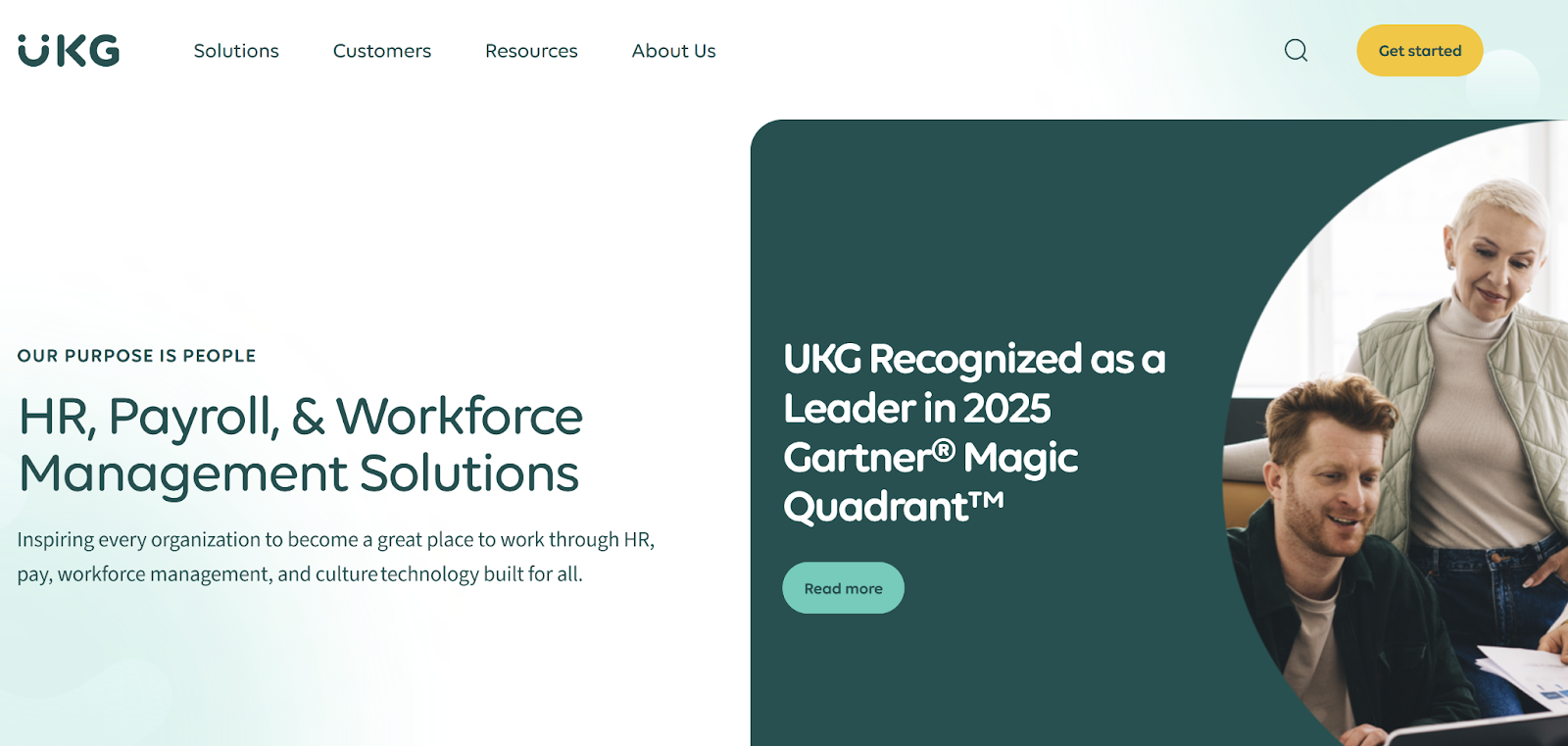
Key features:
- Compliance rules engine: Receive employee tax rate recommendations based on geo-location and global policy changes.
- AI-powered scheduling: Use algorithms to generate schedules for employees and scheduling teams.
- Advanced time clock: Track time with personalization features, finger scan technology, and touch-free capabilities.
Limitations:
- The platform’s feature profile can create a steep learning curve, which may cause unnecessary confusion around capabilities you don’t need.
- Some users struggle with navigation and find the system isn't very user-friendly, according to reviews on G2.
3. NurseGrid
Nursegrid is a scheduling app originally built for nurses by nurses. It focuses heavily on shift visibility, mobile usability, and schedule transparency, primarily at the unit or department level. Because it emphasizes staff scheduling and open shift management rather than offering a broad feature suite like Symplr, Nursegrid is better for smaller organizations that need an easy-to-use, cloud-based tool to fill open shifts quickly.
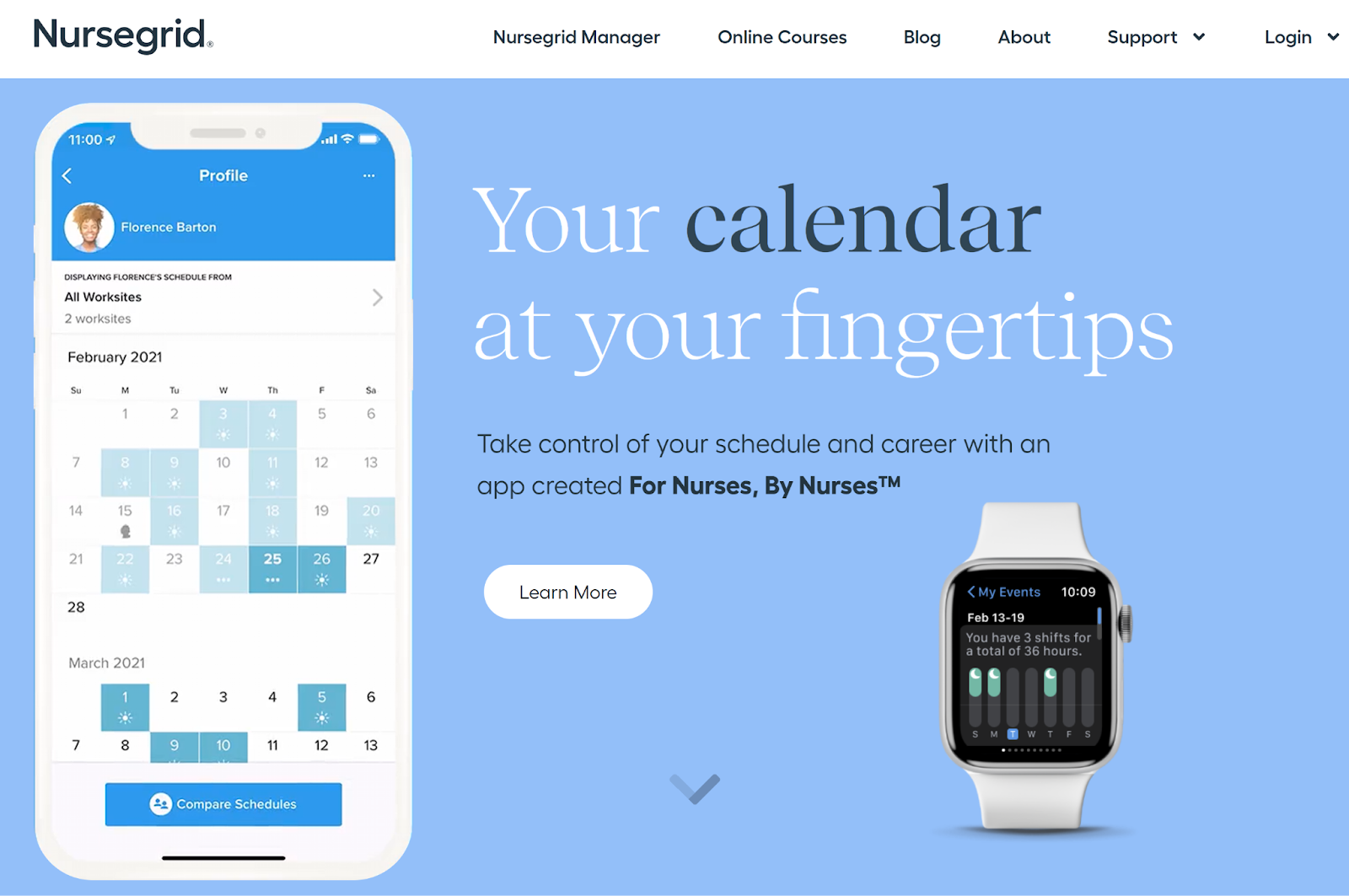
Key features:
- Staff self-scheduling: Let staff swap shifts, signal their availability for additional work, and discover new job opportunities via a mobile app.
- Smartwatch access: Enable team members to see their calendar, shift details, and available swaps on their Apple Watch or Wear OS Watch.
- In-app messaging: Keep schedules and team communication in one place with direct and group message options.
Limitations:
- Nursegrid’s administrative tools may be too limited for large-scale or system-wide scheduling.
- It doesn’t offer extensive compliance tracking and isn’t designed to integrate with other systems, making it a weaker standalone system for operations teams.
4. QGenda
QGenda offers provider scheduling and workforce management tools tailored to high-acuity departments and academic medical centers, making it popular in specialties like anesthesia, emergency medicine, and radiology. While Symplr is healthcare-specific, QGenda is healthcare-only, meaning they don’t sell to any other market.

Key features:
- Clinical capacity management: Identify unused exam rooms to optimize space utilization.
- Data-driven credentialing: Address credentialing, privileging, and the payer enrollment process during onboarding.
- On-call management: Centralize on-call schedules to reach the right healthcare providers.
Limitations:
- QGenda is less optimized for non-provider staff, making it more rigid compared to other platforms.
- Some users find the platform difficult to navigate without IT help or customer support, according to reviews on Capterra.
5. Deputy
Deputy is a general-purpose cloud-based workforce management tool used in many industries, including healthcare. It emphasizes mobile usability, shift flexibility, and employee communication. Deputy and Symplr serve two different markets: Deputy helps businesses manage hourly staff with features like AI-driven scheduling, while Symplr’s solution targets the complexities of healthcare administrative tasks to improve efficiency and compliance.
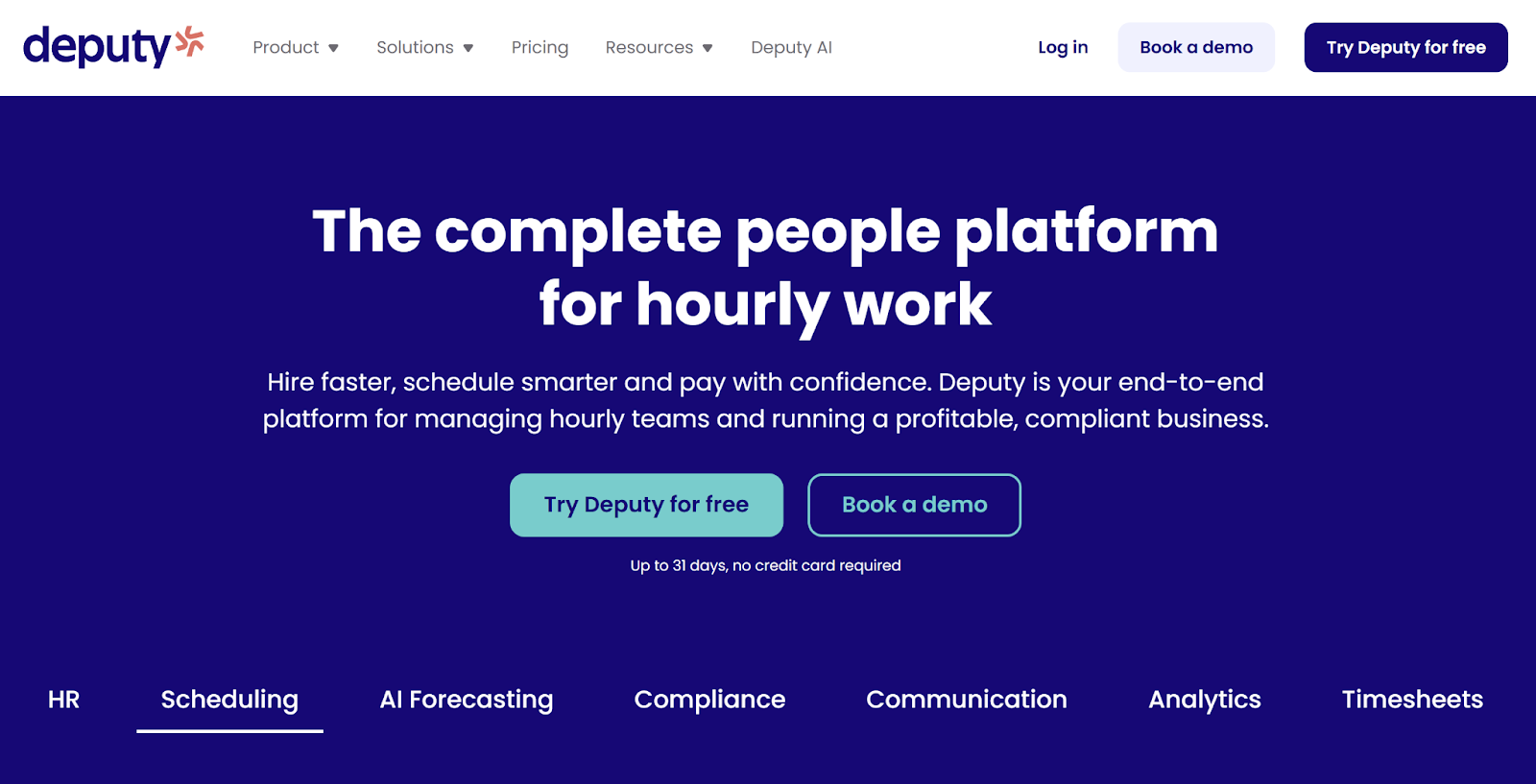
Key features:
- Manager mobile app: Fill shifts, approve timesheets and time off, and record personal announcements via mobile devices.
- AI labor forecasting: Leverage data to make informed scheduling decisions.
- Fair workweek compliance: Create balanced schedules that meet fair workweek laws.
Limitations:
- Deputy lacks healthcare-specific compliance features.
- Some G2 reviewers note scheduling issues surrounding shift swaps, picking up extra shifts, and adjusting incorrect time punches.
What to consider when evaluating Symplr competitors
Choosing a Symplr alternative goes beyond feature checklists to finding a solution that fits your team’s workflow, compliance requirements, and growth trajectory. Below are four key elements to consider, especially for teams in the healthcare industry.
Flexibility and customization
Every healthcare facility is different. Some run 24/7 intensive care operations while others manage high-volume outpatient services. Your scheduling platform should adjust accordingly.
When solution shopping, ask each software provider about features like custom dashboard views, rules-based scheduling, and real-time shift change workflows. Make sure you can tailor rotating shifts, PTO rules, and holiday logic if those factors apply to your operations.
Compliance and credentials

Healthcare staffing isn’t just about who’s available—it’s about who’s qualified. Missing or expired credentials can disrupt operations and violate Joint Commission standards.
While Symplr does have some strong tools to aid the credentialing process, it often lacks real-time integration with workforce schedules, leading to manual cross-checking. Modern solutions, such as Teambridge, have built-in credential expiration alerts and role-based scheduling rules, ensuring that only qualified staff are assigned to specific jobs.
Scalability and industry fit
A platform that works for a 25-bed rural hospital might not work for a multi-campus system, or vice versa. Evaluate whether each Symplr alternative will support your growth. For example, ask yourself questions like:
- Can it scale with new departments?
- Can it support multiple locations?
- Is it compatible with float pool models?
Some platforms are excellent for scaling provider groups, while others excel in flexibly growing with mid-size to large clinical teams across service lines.
Implementation speed and cost
Symplr and other legacy systems often require lengthy rollouts and training, which can strain operational resources. In contrast, you can implement some modern alternatives in weeks, not months, and without surprise pricing. This can be a huge plus for budget-conscious teams.
Be sure to ask each vendor for a clear timeline and a breakdown of all costs, including integrations, support tiers, and user licenses.
Choosing the best Symplr competitor for your team
Healthcare operations leaders are demanding more from their technology, especially when it comes to the tools that directly impact staffing, workforce compliance, and patient care delivery. They need:
- Flexible, mobile-first scheduling that adapts on the fly
- Real-time data and compliance visibility without manual cross-checking
- A user-friendly interface, because if staff don’t use the tool, it won’t be effective
Among Symplr’s top competitors, Teambridge stands out for being a broadly composable workforce management solution that spans healthcare and other shift-based industries. Unlike more traditional, rigid systems, Teambridge emphasizes its "buildable" and customizable nature and intuitive automations so you can staff with flexibility and speed.
Schedule a demo today to discover why Teambridge is a top Symplr competitor for hospitals and clinics.
Frequently asked questions about Symplr competitors
Why consider a Symplr competitor?
Healthcare teams often consider Symplr competitors when they need more flexibility, a better user experience, or faster scheduling workflows. These needs tend to stem from common pain points, including a steep learning curve, limited mobile functionality, and difficulty customizing schedules for dynamic clinical environments. Competitors may offer more modern, intuitive tools that streamline staffing and enhance compliance tracking.
What’s the best Symplr competitor?
The best Symplr alternative depends on your organization’s size, staffing complexity, and workflow needs. Key factors to evaluate include credentialing software, ease of use, mobile access, adaptability, and implementation time. Ultimately, the right solution should adapt to your clinical environment, not force you to adjust to the software.




.png)

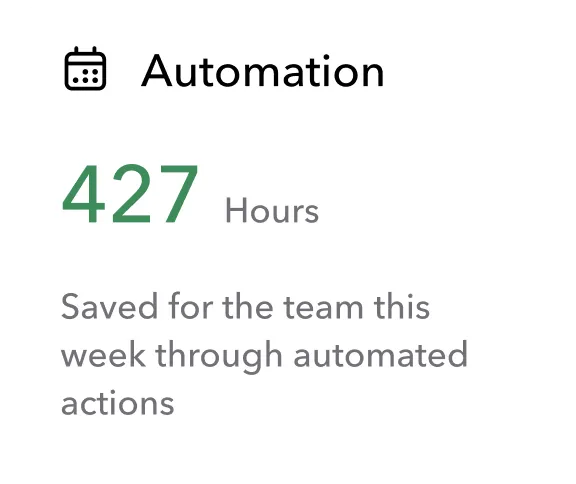


.png)
.png)